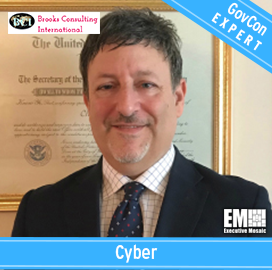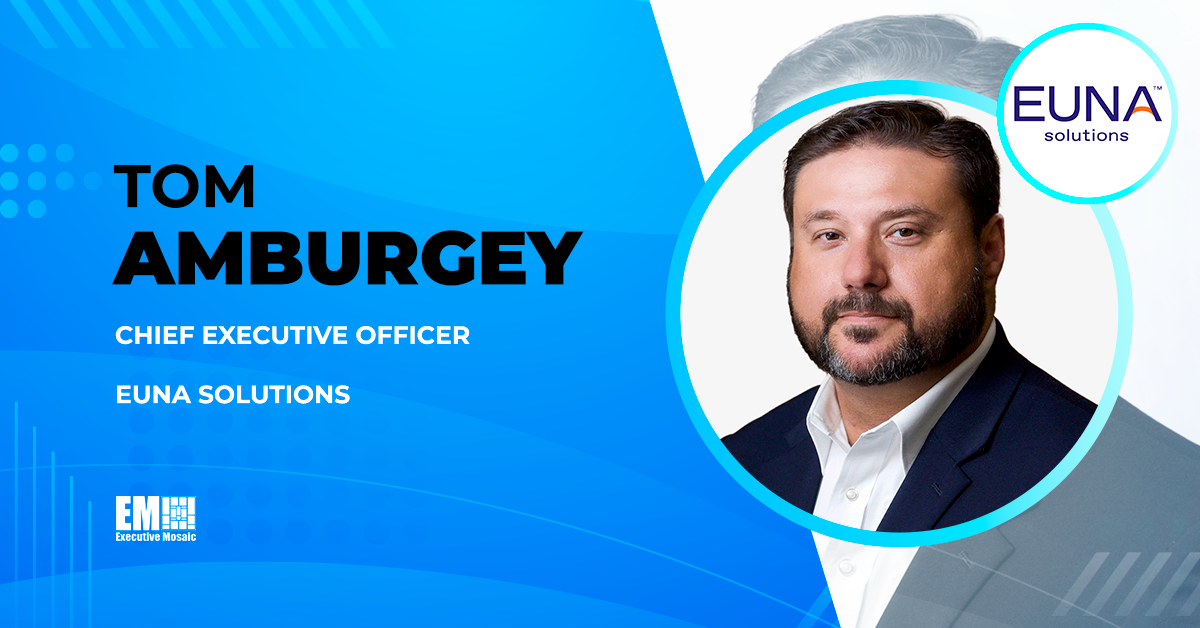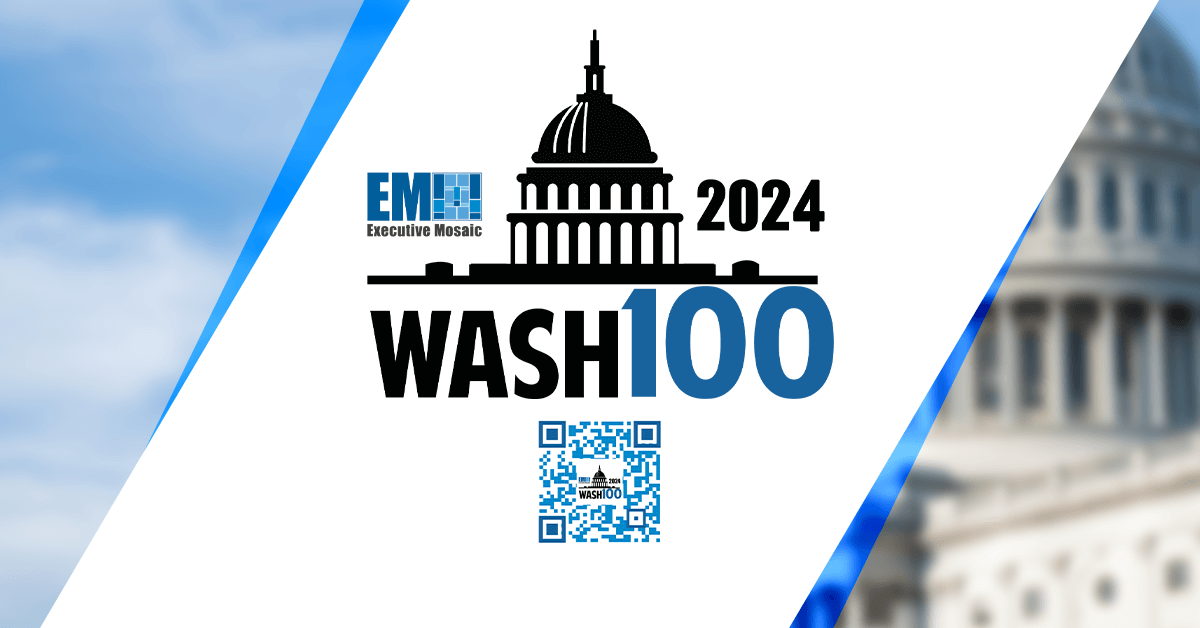By Chuck Brooks
Investment in technology research is an integral part of the journey as we embark on the 4th industrial era. Government is recognizing the imperative to stir technological innovation and new initiatives that are now coming to the forefront.
There is an extensive infrastructure of federal agencies geared toward facilitating innovative technology research and development. There are dedicated research and development efforts being conducted at (among other agencies) the Department of Defense (DOD), the Department of Homeland Security (DHS), the Department of Energy/National Labs (DOE), the Intelligence Community (IC) and in the National Science Foundation (NSF).
Last month, Bipartisan legislation, called the Endless Frontier Act, was introduced to restructure the National Science Foundation (NSF). The legislation would rename NSF to be the National Science and Technology Foundation where it would focus on emerging technologies. A primary mission of the NSTF’s technology directorate would be to accelerate the translation of fundamental research advances into “processes and products that can help achieve national goals,”
The ACT also create a new technology directorate within NSF and would provide $100 in funding over 5 years for cutting edge research and development. The legislation would authorize the agency to provide funding increases in research spending to universities, consortia with private industry and U.S. allies; offer new undergraduate scholarships and training programs; develop test-bed and fabrication facilities; develop programs to facilitate and accelerate the transfer of new technologies from the lab to marketplace; and coordinate with state and local economic development stakeholders and private sector to build regional innovation ecosystems.
The initial 10 areas of investment would include:
- artificial intelligence and machine learning
- high performance computing, semiconductors, and advanced computer hardware
- quantum computing and information systems
- robotics, automation, and advanced manufacturing
- natural or anthropogenic disaster prevention
- advanced communications technology
- biotechnology, genomics, and synthetic biology
- cybersecurity, data storage, and data management technologies
- advanced energy
- materials science, engineering, and exploration relevant to the other key technology focus areas
Concurrent to the NSF initiative, the U.S. Senate Commerce Committee approved the CYBER LEAP Act legislation to fund cybersecurity breakthroughs. The Act aims to deliver “high-priority breakthroughs in cybersecurity by 2028” in five key areas:
- Economics of a cyber attack. Develop innovative ways to raise the cost to adversaries of launching cyber attacks.
- Cyber training. Improve Americans’ digital literacy and build a skilled cybersecurity workforce.
- Emerging technology. Advance cybersecurity knowledge of emerging technologies, such as artificial intelligence, quantum science, and communications technologies.
- Reimagining digital identity. Boost the online security and safety of U.S. internet users.
- Federal agency resilience. Reduce cybersecurity risks to government networks and systems and improve incident response.
The legislation would “help foster innovation and collaboration as the public, private, and academic sectors work together to address the cybersecurity challenges of our time,” according to one of the billco-sponsors, Corey Gardner (R-CO)
Another new initiative was announced by The Department of Energy’s (DOE) Artificial Intelligence and Technology Office. The announcement stated that DOE is looking for potential AI research and development concepts encompassing various subject areas including sensors, supercomputers and data analytics.
If you want to share YOUR voice across our unmatched publications and our other social media products, click here to become a GovCon Expert.
We look forward to hearing from our next GovCon Expert soon.
At the Department of Defense, when it comes to cutting edge research and development, the Defense Advanced Research Projects Agency (DARPA) is the lead agency. The DARPA website notes that DARPA was established in 1958 “to prevent strategic surprise from negatively impacting U.S. national security and create strategic surprise for U.S. adversaries by maintaining the technological superiority of the U.S. military.
As the DoD’s primary innovation engine, DARPA undertakes projects that are finite in duration but that create lasting revolutionary change.” Launched in 2015, DOD’ s Defense Innovation Unit (DIU also assists the U.S. military make faster use of emerging commercial technologies.
In the intelligence community, the Intelligence Advanced Research Project Activity (IARPA) is operated under the Office of the Director of National Intelligence. IARPA “endeavours to counter new capabilities implemented by our adversaries that could threaten our ability to operate freely and effectively in a networked world.
IARPA is tasked to predict rapid changes in the information technology threat landscape and often solicits input from industry and academia. Key IARPA cybersecurity research focus areas include information assurance, advanced computing technologies and architectures, quantum information science and technology, and threat detection and mitigation.
The National Labs and Federally Funded research and Development Centers (FFRDC’s) are also a cornerstone of technology innovation. These include some of our nation’s most recognized national Labs including: Lawrence Livermore, Oak Ridge, Argonne, Sandia, Idaho National laboratory, Battelle, and Brookhaven.
The Science & Technology Directorate at the Department of Homeland Security (DHS) helps fund many of the National Lab programs with a priority on “leap-ahead technologies” for homeland security. The labs have been continually engaged in innovative research and development and will also be an integral part of the new fortified effort to address disruptive technology opportunities and challenges.
We are proceeding in an era of “Malthusian” advances in science and technology, enabled by faster computing and ever expanding data analytics. These advancements will be profound and impact our security, economy and our way of life. Planning, developing and funding projects in closer coordination with the private sector and academia will allow for more focused and more capable technology development. Government is pursuing the correct path with these new initiatives.
About GovCon Expert Chuck Brooks:
Chuck Brooks, President of Brooks Consulting International, is a globally recognized thought leader and evangelist for Cybersecurity and Emerging Technologies. LinkedIn named Chuck as one of “The Top 5 Tech People to Follow on LinkedIn.” He was named by Thompson Reuters as a “Top 50 Global Influencer in Risk, Compliance,” and by IFSEC as the “#2 Global Cybersecurity Influencer.”
Chuck is on the Faculty of Georgetown University where he teaches in the Graduate Applied Intelligence and Cybersecurity Programs. He is also a Cybersecurity Expert for “The Network” at the Washington Post, Visiting Editor at Homeland Security Today, and a Contributor to FORBES. He has also been featured author in technology and cybersecurity blogs by IBM, AT&T, Cylance, and many others.
Chuck Brooks LinkedIn Profile: https://www.linkedin.com/in/chuckbrooks/
Chuck Brooks on Twitter: @ChuckDBrooks







